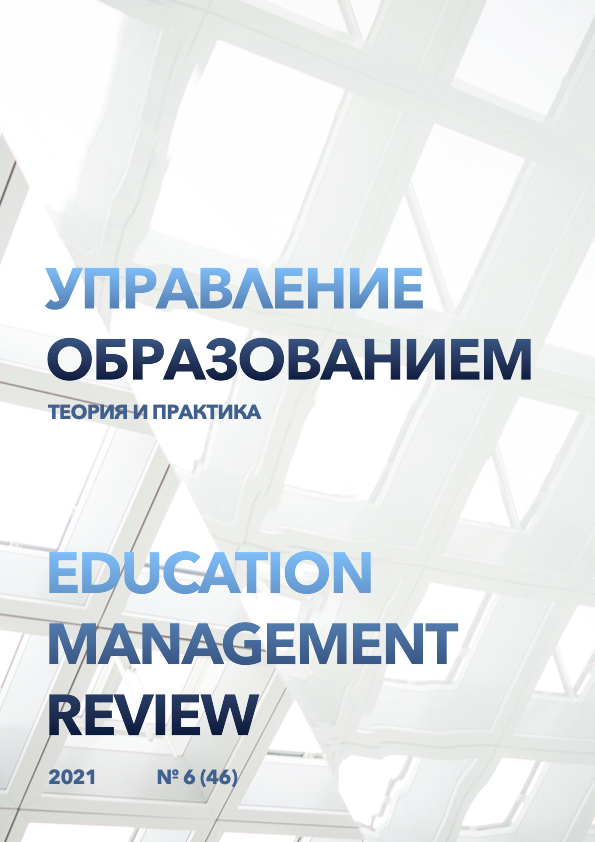Профилактика психоэмоционального выгорания у сотрудников УИС путем дозированных физических нагрузок
DOI:
https://doi.org/10.25726/n5738-4114-2278-lКлючевые слова:
физическая активность, психоэмоциональное выгорание, профилактика, стресс, профилактика стресса, физические упражнения, физиология организма, уголовно-исполнительная системаАннотация
Представленная статья посвящена актуальной проблеме профессионального психоэмоционального выгорания сотрудников уголовно-исполнительной системы. Автор использует в своей статье метод составления причинно-следственных связей, сначала описывая стресс, как физиологическое явление, а затем те последствия, к которым приводит продолжительный стресс. Также автором используется метод исторического анализа: рассматривается история возникновения
эмоционального выгорания, основные его симптомы, согласно теории, которая была выдвинута основоположником. Проводятся параллели с наиболее известными трудами отечественных исследователей данного психологического состояния. Также в статье автор рассматривает основные пути борьбы с выгоранием и методы профилактики с точки зрения физиологии человеческого организма.
В статье приводятся весомые аргументы, описывающие положительное влияние дозированных физических нагрузок на эмоциональное состояние человека с точки зрения его физиологии. На основании полученных данных были составлены рекомендации по выполнению ряда физических
упражнений для улучшения своего психического состояния. Статья ориентирована на конкретную
социальную группу – сотрудников уголовно-исполнительной системы. Проблема выгорания в данном случае рассматривается в связи со спецификой профессии. Статья рекомендована широкому кругу читателей: курсантам, действующим сотрудникам, работникам.
Библиографические ссылки
Бойко В.В. Синдром "эмоционального выгорания" в профессиональном общении. СПб.: Питер, 1999. 105с.
Уголовный кодекс Российской Федерации от 13.06.1996 № N 63-ФЗ // Российская газета. 1996. № 113-115. Ст. 43 с изм. и допол. в ред. от 22.08.2021.
Christina Maslach. The Client Role in Staff Burn-Out // Journal of Social Issues. – 1978-10. – Т. 34, вып. 4. 111–124 с.
Chust-Hernández, P., Castellano-Rioja, E., Fernández-García, D., & Chust-Torrent, J. I. (2019). Test anxiety in nursing students: Emotional and sleep risk factors [Ansiedad ante los exámenes en estudiantes de Enfermería: factores de riesgo emocionales y de sueño]. Ansiedad y Estres, 25(2), 125–131. https://doi.org/10.1016/j.anyes.2019.05.001
Dyakovitch, M. P., & Bush, M. P. (2015). Early clinical changes and emotional burnout of police officers. Meditsina Truda i Promyshlennaia Ekologiia, (12), 37–41.
Gates, R., Musick, D., Greenawald, M., Carter, K., Bogue, R., & Penwell-Waines, L. (2019). Evaluating the Burnout-Thriving Index in a Multidisciplinary Cohort at a Large Academic Medical Center. Southern Medical Journal, 112(4), 199–204. https://doi.org/10.14423/SMJ.0000000000000962
Iushkova, O. I., Kuz’mina, L. P., Poroshenko, A. S., & Kapustina, A. V. (2008). Features of overexertion formation due to high psychoemotional strain and shift work. Meditsina Truda i Promyshlennaia Ekologiia, (4), 1–8.
Komissarova, E. M., & Ermakova, M. A. (2011). [Characteristics of arterial hypertension in psychoemotional burnout of emergency medical staffers]. Meditsina Truda i Promyshlennaia Ekologiia, (10), 19– 23.
Melik-Guseinov, D. V, Khodyreva, L. A., Kostenko, N. A., Turzin, P. S., Evdoshenko, A. S., & Bogdan, I. V. (2019). Prevalence of smoking among medical and teaching staffers. Meditsina Truda I Promyshlennaya Ekologiya, 59(3), 178–182. https://doi.org/10.31089/1026-9428-2019-59-3-178-182
Mokhnachew, A. V, & Katerenchuk, I. P. (2018). Efficiency predicate speech at work with hypertension patients in combination with comorbid diseases. Wiadomosci Lekarskie (Warsaw, Poland : 1960), 71(7), 1342–1346.
Nuzhdina, A. A., & Sineva, E. L. (2008). Features of psychoemotional state and arterial hypertension course in mental workers. Meditsina Truda i Promyshlennaia Ekologiia, (4), 8–12.
Salomova, F. I., Akhmadalieva, N. O., Sharipova, S. A., Toshmatova, G. O., Yarmukhamedova, N. F., & Mirsagatova, M. R. (2020). Psychoemotional state of the universities’ teaching staff in Uzbekistan. Indian Journal of Forensic Medicine and Toxicology, 14(4), 7984–7994. https://doi.org/10.37506/ijfmt.v14i4.12906
Valeyeva, E. T., Karamova, L. M., Shaikhlislamova, E. R., Krasovskiy, V. O., & Vlasova, N. V. (2019). Hygienic approaches to the prevention of occupational diseases among healthcare workers. Gigiena i Sanitariya, 98(9), 936–942. https://doi.org/10.18821/0016-9900-2019-98-9-936-942
Vlakh, N. I., Danilov, I. P., & Gugushvili, M. A. (2018). Psychohygienic aspects of the activity in entrepreneurs. Gigiena i Sanitariya, 97(7), 629–634. https://doi.org/10.18821/0016-9900-2018-97-7-629-634
Vlasova, E. M., Zaǐtseva, N. V, & Maliutina, N. N. (2011). [Characteristics of autonomic status in employees working with computers]. Meditsina Truda i Promyshlennaia Ekologiia, (2), 38–42.




